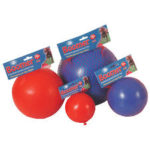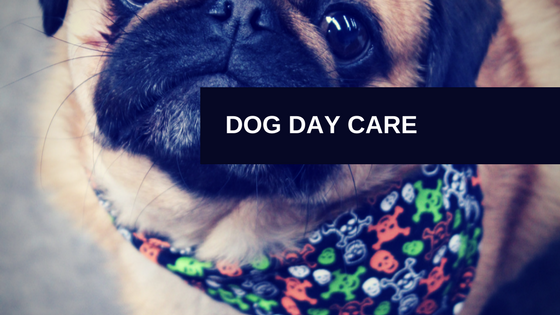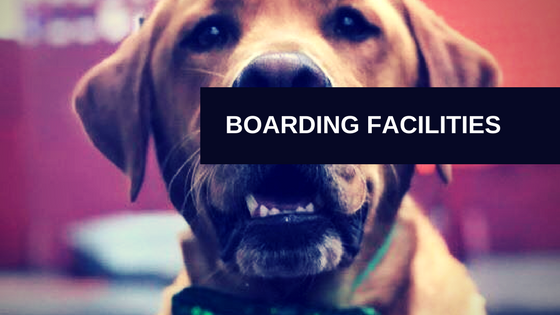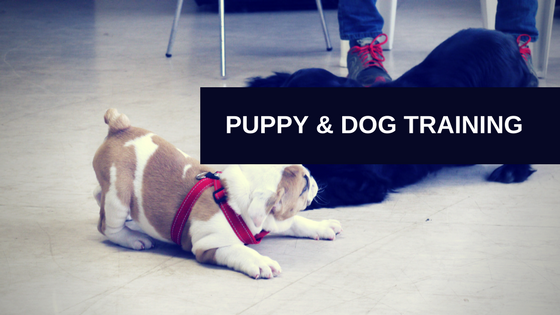What was your dog bred for?
All dogs are good dogs, and all of them are mans best friend. But do you know why your dog bred? Even our mixed breeds have specific characteristics and traits from the breeds of their parents. Knowing these traits can help us provide the best care for our fuzzy besties. These breeds are split up in to the following basic breed groups:
Sporting Dogs:
These dogs can generally be split into four groups: spaniels, pointers, retrievers and setters. These pups are highly trainable and were first bred to work closely with hunters to locate or retrieve game. Labradors and Golden Retrievers were bred to retreive game or fish. Springer spaniels were bred to flush birds and other game from long grass so that hunters could shoot them down, and then would retrieve the grounded quarry. English and German Pointers were bred to track game and retrieve it, whether it is night time or in water. Sporting dogs have high energy, strong work ethic and are keen to please. These dogs enjoy games like fetch, going on adventures or doing nose work activities. They love having something to do and are very active, so require more than your 10 minute stroll around the block to keep the boundless energy in check.
Working Dogs:
These dogs are usually big, powerful and smart – think rottweilers, bred to move cattle, work as police dogs or for personal protection; newfoundlands bred to save people from the water and haul in fishing nets; and . These dogs require a job, or they are likely to assign themselves a job; this could be anything from chasing a ball all day every day to barking at people walking past the house. These dogs have very strong instincts and, without an outlet for their strong work ethic, these instincts can cause them to develop beavioural issues in suburban life. Because these dogs are usually large with protective instincts, socialisation with dogs and people and lots of consistent training is essential. With the correct stimulation and plenty of opportunities for for these dogs to express themselves, the working group are lovely, loyal teddy bears that are a fantastic addition to the family!
Terrier Group:
Think West Highland White Terriers, Rat Terriers and Staffordshire Bull Terriers. Fast, agile and clever, terriers were historically bred for pest control. Their compact bodies allowed them to easily hunt for small prey and pests in burrows and tunnels that would be difficult for humans or larger dogs to access. Terriers love to chase and dig so it is important to give them outlets for these instincts or your back yard could turn in to a digging pit! Terriers are lots of fun and full of character, but make sure you are prepared for some high energy levels if you are thinking about adding one of these gorgeous dogs to your household!
Hound Group:
The beautiful Hound Group can be split into two groups – scent hounds and sight hounds.
Sight hounds are historically used for chasing down the fastest prey and will chase anything that moves, the faster the better. These are the greyhounds, salukis and whippets. This means that they sometimes do not do well in places that have lots of cats or small critters that could be chased!
Scent hounds are the hounds that were trained to track injured prey over long distances. They have powerful noses and have been bred to have distinguishing physical traits that make them excellent trackers. Typically they have long ears, lots of facial skin rolls that trap scents and they can be low to the ground to follow scents better. These are dogs like basset hounds and blood hounds. While these guys are not as athletic as their sight hound counterparts, they are specialists in their field! A family with a scent hound would have a lot of fun doing treat hunts around the house but walks would be really slow as their pooch would need to stop and smell everything!
Herding Group:
What breed do you think of when you hear the word herding? Is it the border collie?
You would be right! Their athletic prowess and focused stare make them some of the worlds best herders. In the herding group, we also have breeds like the Australian Shepherd, Corgi and German Shepherd. All of these dogs have strong instincts to control the movement of other animals, making training essential to ensure they do not end up herding the children of the families that adopt them!
Toy Group:
Toy dogs were bred specifically for companionship and are a great choice for city living as they are highly adaptable to different life styles! Breeds in this group include the Cavalier King Charles Spaniel, Brussels Griffon and Chihuahua. Don’t let their small size fool you, they can be very protective, but their affectionate demeanour make them a fabulous addition to any home.
Non-Sporting Group:
These dogs don’t really have anything in common except they don’t fit into the other groups! They are generally great housedogs and watch dogs. English bulldogs, once bred for fighting bigger opponents have now retired to a non-sporting status and now are more revered for their big personalities and rolly bodies! Dalmatians, once given the job to trot along side horse drawn carriages and keep the horses safe, are now known for their spots and are great company for families. Bichon Frises, originally bred as companions to French royalty, are smaller dogs known for their wooly fur and delightful personalities. While these breeds typically don’t have jobs assigned for them in modern day life, they are great at being mans best friend! They are great at keeping man company and enriching our lives.
All dogs are individuals and may not follow the same characteristics as the rest of their breed so it is always up to their owners to find out what their dog likes best as it’s not always that clear cut! If you are unsure about what makes your dogs tail wag, or need ideas on new fun tasks that your dog would enjoy, talk to our friendly team in reception at CCC!

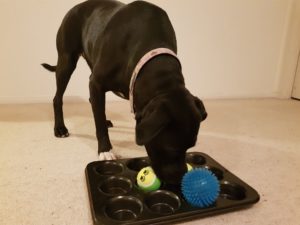
 WAYS interrupt this type of interaction and try to show Arni how to pat the pooch gently. However on occasion Dudley has growled at Arni. Do you know what I’ve done? I’ve moved my baby away and left the dog in peace.
WAYS interrupt this type of interaction and try to show Arni how to pat the pooch gently. However on occasion Dudley has growled at Arni. Do you know what I’ve done? I’ve moved my baby away and left the dog in peace.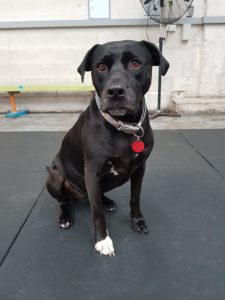

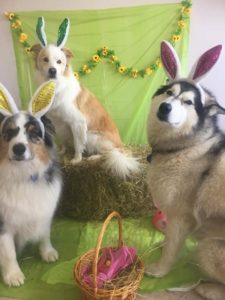
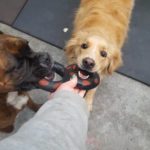

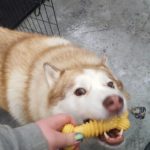
 We stock these at Complete Canine Care’s retail section as they are such a wonderful, value for money toy for dogs of all shapes and sizes
We stock these at Complete Canine Care’s retail section as they are such a wonderful, value for money toy for dogs of all shapes and sizes